New Reports Show a Decline in YA Book Sales and I Have Some Thoughts as to Why That Might be Happening
“With young adult fiction the only major category posting a decline, unit sales of print books increased 4.2% in the week ended Mar. 11, 2023, over the comparable week in 2022, at outlets that report to Circana BookScan.”

Publisher’s Weekly
https://www.publishersweekly.com/pw/by-topic/industry-news/bookselling/article/91791-print-sales-rose-4-2-in-early-march.htmlOver the weekend, Twitter was abuzz with the report that sale numbers of Young Adult fiction were the only category that was showing a decline. Those of us that work with teens in libraries have been talking for some time about some of the changes we have been seeing in YA and what that means for us in terms of circulation, and what that means for teens. Right now, it is very challenging for those of us working with teens in terms of circulation. Circulation is for libraries what sales numbers are for publishers, it’s the tools by which we measure how a category is doing. For a lot of libraries, YA circulation is just as sluggish as YA books sales have been.
ADVERTISEMENT
ADVERTISEMENT
Authors and book sellers were having their own discussion, and it involved things like less shelf space in stores, which is valid. But I have some of my own thoughts from 30 years of working with teens and YA in public libraries. So here are some of my recommendations to help get YA selling again.
MAKE YA FOR TEENS AGAIN
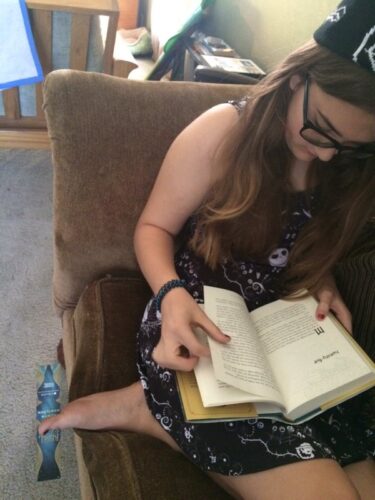
Several years ago – perhaps more than a decade – research showed that adults were the primary purchasers of YA books. This may have been because they were buying it for teens, but the take away was that it was adults, not teens, who were buying and reading YA. Over the years, YA started being aged up and teen readers were edged out of the target audience. Not always, of course, but on the whole there was a noticeable difference. Today, most YA books feature a teen character that is aged 17 and often acts with an emotional and intellectual maturity far greater than your typical 17 year old. Books with main characters aged 13 to 16 are hard to find. The market – and teens themselves – need more relatable books with characters that look and act like them. There is no shortage of good adult fiction, teens who want to read up can certainly make the choice to do so. But a lot of teen readers are looking for and failing to find books for them in the current market, especially younger teen readers.
MORE MASS MARKET PAPERBACKS PLEASE
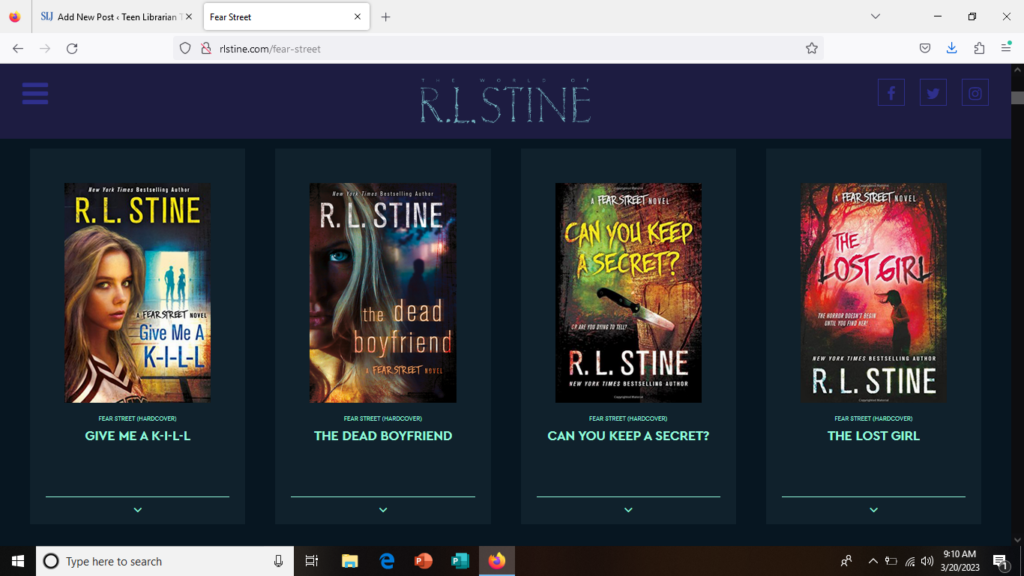
In the 1990s and early 2000s, the YA market was flooded with paperback books. They were cheaper to buy, lighter to carry in an overstuffed backpack, and were fun and relatable reads that didn’t require you to commit every ounce of your being to them. These paperbacks were often media tie-ins (think Buffy the Vampire Slayer, for example), romance, horror and mysteries. They were books like Sweet Valley High, Joan Lowery Nixon mystery/thrillers, and written by people like Lois Duncan, Christopher Pike, and the one and only R. L. Stine. Or they were romance series that were connected by theme, like the romance series where each book was set in a different country. And let us not forget the Lurlene McDaniel books that answered the question: what do I read if I want a book to make me cry?
To be clear here, though there are a lot of advantages to the paperback heyday, I would remiss if I did not point out that one of the major drawbacks of this period in YA lit is that it lacked diversity. But there is no reason why we couldn’t once again give teens mass market paperback series with more diversity.
It is my understanding that one of the reasons that publishers don’t like paperbacks is because they don’t have the same profit margin as trade paperback and hardback books. And make no mistake, mass market paperbacks can be very challenging for libraries to purchase, shelve and circulate. But at over $15.00 a pop for a hardback book, teens are being priced out of book purchasing. And the heft alone could break a teen’s back.
THE PROBLEM WITH TODAY’S BOOK COVERS
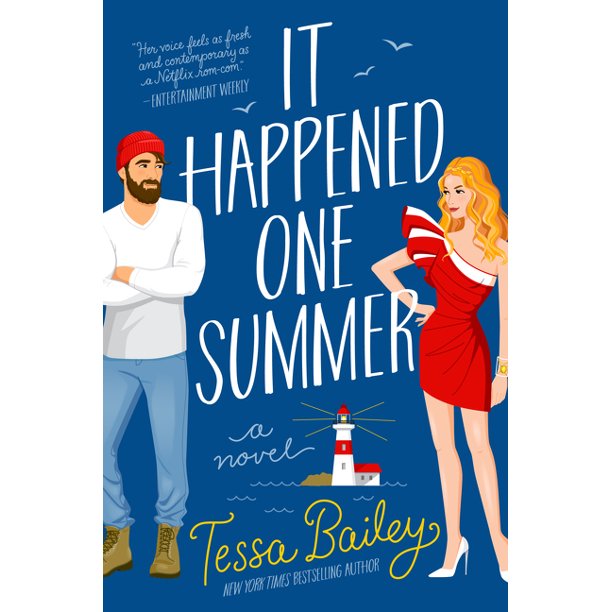
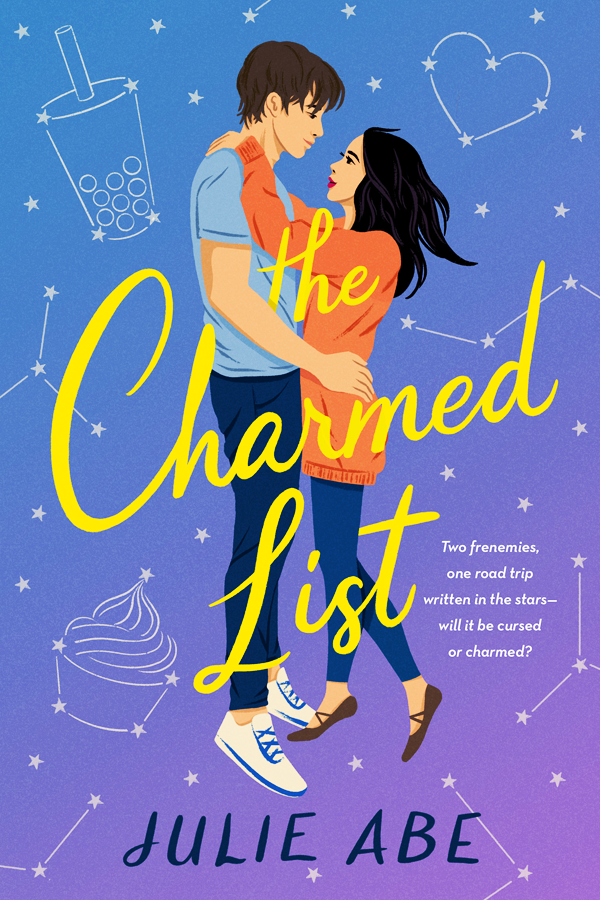
I also feel that there is currently a huge problem happening with book covers. Right now, every book being published from middle grade to adult, especially adult romance, has an illustrated cover. The illustrated cover is, in itself, not necessarily a problem. Many of them are great, appealing covers in and of themselves. However, sometimes they all start to look too similar and it can be hard to tell from the cover who the target audience is. Let’s be honest, we all judge a book by its cover and if at a glance I can’t tell who a book is for by looking at the cover, that can be an issue. Some illustrated teen covers have teens that look like younger kids on them. And when looking at YA or adult romance, a quick glance at the cover should tell you who the target audience is, but that is not often the case. When I see covers, I often have to do further research to see if it is YA or adult. I do it because it’s my job, but a lot of readers won’t take that second step, they will just choose another book because the cover isn’t given them the information that they need. Again, this isn’t to speak ill of any specific cover or illustrator, I just want to point out that sometimes the covers don’t make it clear who the audience is or what the genre is.
THE LACK OF HUMOR IN TODAY’S YA
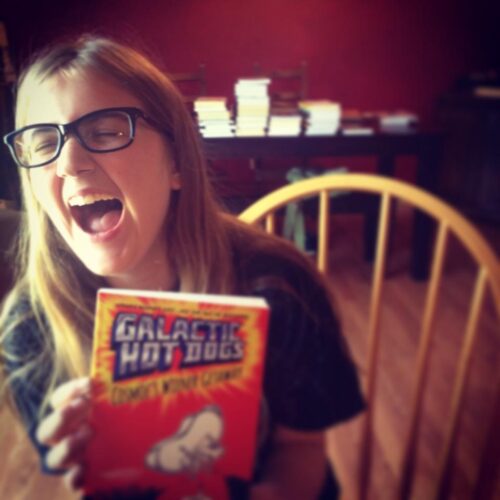
ADVERTISEMENT
ADVERTISEMENT
Without fail Dogman and Diary of a Wimpy Kid are the highest circulating books for middle grade readers in the libraries that I have worked in over the last few years. And as middle grade readers transition to YA, it can be hard to find humorous books for those kids. YA has a tendency towards the dark and serious, the teenage years are full of a lot of angst and this makes sense, but every once in a while we just need to laugh. It’s such a stark change for middle grade readers transitioning to YA, and I think the market is failing these kids by not tapping into the humor that we know they love.
WE NEED SHORTER BOOKS AND MORE STANDALONES
In the early 2000s, dystopian and fantasy series dominated the market. It seems like every book was part of a trilogy or a longer series. I get from a financial standpoint where this would have appeal, but it takes a huge amount of commitment on the part of readers, of both time and money. Teens need more stand alone books that don’t require that type of time commitment, they are often overworked and just don’t have the time to dedicate. And going back to the mass market paperback point, hefty tomes in an already too full backpack are just too daunting. I don’t know if publishers know this or not, but a lot of new middle and high schools don’t have lockers and the older ones that do have such short passing periods that most teens don’t use them. If a teen wants to check a book out from their school library, that means they often have to carry it every where.
LACK OF A RECENT BREAKOUT HIT
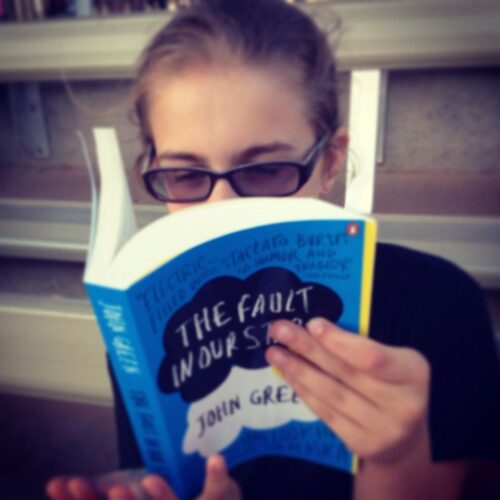
YA book sales shot to record levels in the early 2000s, in part because of the runaway success of books like the Harry Potter series (which began as a children’s series), Twilight, and The Hunger Games, which sparked a massive run on both vampire and dystopian novels. There were also big name authors like John Green who could be counted on to drive book sales/circulations. Then there was a bit of a lull until 2017 when Angie Thomas released the bestselling The Hate U Give. And current authors like Karen McManus and Holly Jackson can’t be discounted. But the truth is, there haven’t been as many bestselling hits that are making teen readers clamor for more in quite the same way. And when they do, see McManus and Jackson for example, the market seems sluggish to keep up to provide demand. I have definitely seen an uptick in both teen horrors and mystery/thrillers this year, but the demand has far outpaced the supply. In fact, it feels like the publishing market was very sluggish to catch on to this need. Lots of things are selling well, but the books getting the Tik Tok clout are either adult (Colleen Hoover) or older hits like We Were Liars and They Both Die at the End. YA needs a Colleen Hoover for the Tik Tok generation, or at least for newer books to be getting their name dropped and getting the buzz.
At the end of the day, what teens want and what’s best for teens doesn’t always work best or well for publishers or libraries; but if we want teens to be book buyers and readers, we need to meet them where they are at. It’s far easier for a teen to read a book on a device, often for free to them on things like Wattpad and AO3, then it is for them to invest more than $15 on a large, heavy book that will be part of a series that they may not even have the time to read by an author that they have no connection with. None of this is to say that there isn’t great YA being written today, because there is and some of it is very popular with teens. And it bears repeating that the progress we have made with diversity in YA is good and needs to continue. I do, however, feel like there are some things that can be done differently to meet the needs of today’s teen readers.
Filed under: Young Adult Fiction
About Karen Jensen, MLS
Karen Jensen has been a Teen Services Librarian for almost 32 years. She created TLT in 2011 and is the co-editor of The Whole Library Handbook: Teen Services with Heather Booth (ALA Editions, 2014).
ADVERTISEMENT
ADVERTISEMENT
SLJ Blog Network
Watch the 2025 Youth Media Awards LIVE!
Confidence, Language, and Awesome Abuelas: Julio Anta and Gabi Mendez Discuss the Upcoming Speak Up, Santiago!
Mr. Muffins Defender of the Stars | This Week’s Comics
Heavy Medal Mock Newbery Reader’s Poll
When Book Bans are a Form of Discrimination, What is the Path to Justice?
Our 2025 Preview Episode!
ADVERTISEMENT







